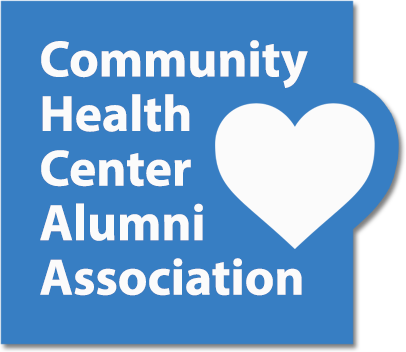
Community Health Centers have gone far beyond what anyone imagined back in 1965 when the first two centers were established in an impoverished area of rural Mississippi and a section of Boston that sat amid urban blight. Likely, no one involved in starting community health centers had any idea that the centers would not only be around 50 years later but would have expanded to about 1,300 centers in all 50 states. No one could have predicted that the centers would one day serve 22 million patients – one of every 15 people in the United States.
Community health centers began in 1965 amid the civil rights movement and President Lyndon Johnson’s “War on Poverty.” They began as a demonstration program under President Johnson’s Office of Economic Opportunity.
The partnerships and relationships that established community health centers were far from a given, however. Northerners and Southerners had to come together, and this required a commitment to help on the part of Northerners, a commitment to accept help from Southerners, and a commitment to trust on both parts.
And the first health centers began in different times, with different challenges – before email, the internet or cell phones. When John Hatch ventured into rural Mississippi in 1965, partners Jack Geiger and Count Gibson did not hear from him for three solid weeks. But these pioneers managed to establish the first community health centers, and the collective power, intelligence, talent, humanity and compassion of a wide variety of people brought us to where we are – the best quality care at the lowest cost.
Here are some milestones in the formation of community health centers (thanks to CHCChronicles.org for much of this information):
- By the end of 1965, centers had also been established in Mound Bayou, MS, and Denver, CO. More than 100,000 were served that year.
- In 1971, the National Association of Community Health Centers (NACHC) was formed. NACHC works with a network of state health center and primary care organizations to serve health centers in a variety of ways, such as providing research-based advocacy for health centers and their clients, educating the public about the mission and value of health centers, training and providing technical assistance to health center staff and boards, and developing alliances with private partners and key stakeholders to foster the delivery of primary health care services to communities in need.
- In 1975, the Community Health Centers program authorized for first time as a permanent program, after 10 years as a demonstration effort, under the U.S. Public Health Service Act. By this time, the number of people served by the centers had risen to 1 million.
- In 1980, under the administration of President Ronald Reagan and calls for a sea change in role of federal government, NACHC leads massive effort by health centers that stopped potential massive cuts to community health center funding. NACHC leads effort to secure $65 million in Jobs Bill funding.
- In 1987, President George H. Bush proposes health center expansion, increasing federal funding by more than $150 million. The number of people served rises to 6 million.
- President George W. Bush fulfills campaign pledge by calling for 5-year initiative to increase health center funding by $700 million. Congress unanimously reauthorizes the Health Center Program, boosting federal funding for health centers by $175 million in first year, exceeding President Bush’s request. The number of people served is up to 13 million.
- In 2010, Health reform becomes law and health centers feature prominently in landmark program to expand access, improve quality, and reduce the cost of care for all Americans. In addition to key Medicaid expansions and payment protections, provides for $11 billion in increased CHC funding over the subsequent five years, which will enable health centers to double capacity, and $1.5 billion for National Health Service Corps over five years to substantially expand the number of clinicians in underserved areas.
- America’s health centers continued to grow, with more than 22 million people served in over 9,000 medically underserved communities.
